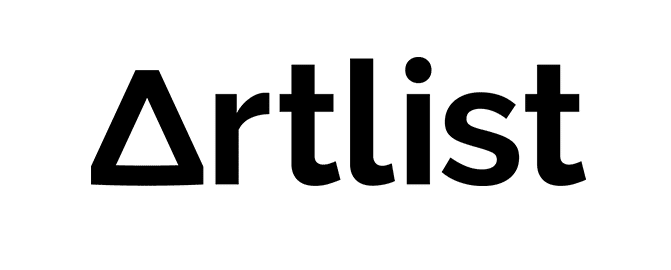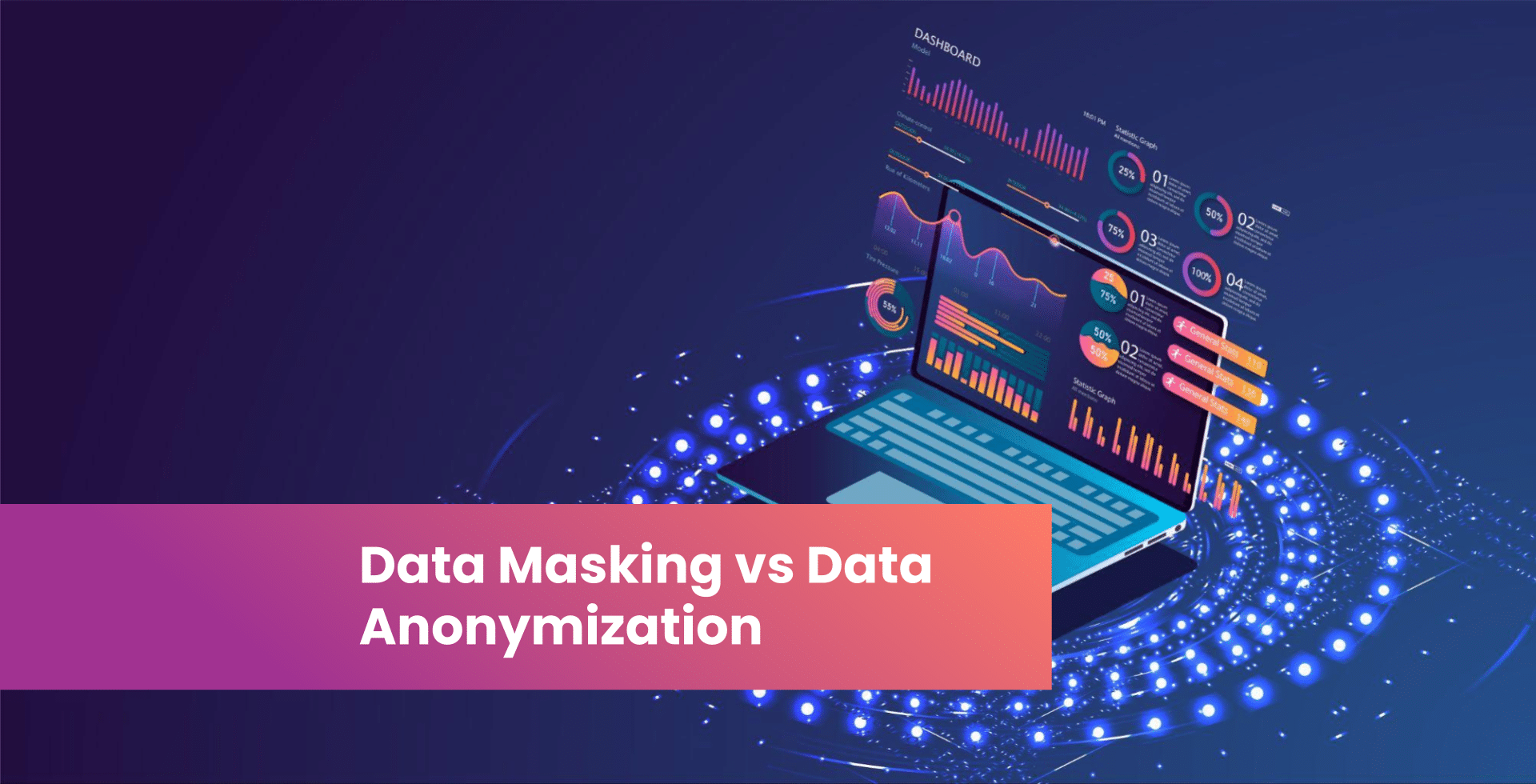Is your business data AI-ready? As we enter the age of agentic AI, data is becoming ever more valuable, but the risks associated with poor-quality data and misuse are also increasing. While AIs are capable of impressive feats, they are very susceptible to the principle of garbage in, garbage out. To produce reliable results and useful insights, they first need high-quality data. At the same time, like any other technology, AIs must operate in compliance with data privacy regulations. Failing to satisfy these laws can lead to operational disruptions, costly litigation, and permanent reputational damage. Another threat to consider is the rise of so-called “Dark LLMs”. Bad actors are using AI technology to turn popular LLMs (Large Language Models) such as ChatGPT into malicious cybercrime platforms such as FraudGPT or WormGPT. These AIs are then sold to cyber criminals to greatly enhance the effectiveness of their attacks.
So, how can you provide your AI systems with the fine-grained data they need while ensuring data security?
Data masking and data anonymization are two methods of concealing sensitive information to prevent unauthorized access. Both are invaluable techniques that allow data to be processed and analyzed while protecting personal information and complying with regulations like the General Data Protection Regulation (GDPR), the Health Insurance Portability and Accountability Act (HIPAA), and the Payment Card Industry Data Security Standard (PCI DSS).
Though closely related, these approaches have distinct characteristics and specific use cases. This blog explains the differences between data masking vs anonymization and provides essential best practices to secure your enterprise data.
What Is Data Masking?
Data masking refers to replacing sensitive information with fictitious data without changing the format or structure of the overall data set. This is often applied in software development and employee training situations where authentic real-world data would create security risks. Instead, companies use data masking to create a realistic, fake copy of the data that can be used without exposing sensitive information. There are two kinds of data masking:
- Static Data Masking: Replaces real data with synthetic information according to fixed, user-defined rules. All masking operations are permanent and consistently applied to copies of a given data set.
- Dynamic Data Masking: Conceals data in real-time as users access it. Unlike static masking, dynamic data masking is temporary and may apply several sets of rules depending on the situation. This strategy is frequently used for role-based security, allowing for selective masking based on each user’s access permissions.
What Is Data Anonymization?
Data anonymization sanitizes data to render it non-identifiable. By altering personally identifiable information (PII) within the data, the information becomes anonymous, but remains functional for business processes and programs. Enterprises typically use data anonymization to comply with data privacy regulations such as GDPR and HIPAA and to enable safe data sharing for research and analytics. The four common ways to anonymize data are:
1. Generalization
Makes data less specific by combining individual values into broader categories. One of the most commonly cited examples is removing individual ages and using age range categories instead. This makes it harder for unauthorized users or hackers to identify unique individuals within the data set in the event of a data breach.
2. Suppression
Redacts specific elements (such as PII) from data to completely anonymize the information. This is considered the strongest method for securing data, as the information removed is irrecoverable.
3. Differential Privacy/Perturbation
Obscures sensitive information by adding “noise” in the form of random changes to the raw data. This is often used to anonymize the results of surveys, especially in a healthcare setting. It requires a careful balance: too little noise may leave the information exposed, while too much can skew the results of the analysis, eliminating the utility of your data.
4. Pseudonymization
Replaces identifiers (names, ID numbers, or location data) with fake data. Unlike suppression, this form of anonymization preserves the original data, allowing it to be recovered by users with the correct key.
Data Masking vs Data Anonymization: Key Differences
Being familiar with the various differences between data masking and data anonymization helps you select the right approach for your specific needs. While both techniques protect sensitive information, they vary significantly in their implementation, permanence, and application. Let’s break down the most important differences:
Data Reversibility – The extent to which data protection can be undone varies significantly between these methods:
- Data masking commonly preserves the original data so that it can still be accessed by higher-level users or viewed for troubleshooting purposes. This makes it potentially reversible and vulnerable to leaks or hacks. Methods like shuffling that mask the original data using random information from other entities within the data set could be reversed if the shuffling algorithm is cracked. Even if encryption is used for masking, a cybercriminal could steal the key and decipher the original data.
- Data anonymization, in contrast, is an irreversible process, designed to permanently secure enterprise data by completely removing identifying information. This prevents the specific data from being read or used by any unauthorized parties.
Ideal Use Cases – Each method serves different operational needs based on data sharing contexts:
- Data masking is best used in internal processes where the data format and structure must be preserved, but specific values should be protected. For example, customer service teams or AI helpdesk chatbots can consult masked data to resolve issues without accessing identifiable customer information. Business Intelligence (BI) and analytics teams can use AI healthcare systems to perform trend analysis on masked data while avoiding the exposure of personally identifiable details.
- Data anonymization, with its strong protection guarantees, is ideally used in situations where sensitive data must be distributed externally. Healthcare organizations frequently use these techniques when transferring patient data for research purposes, allowing advanced AI analysis to produce valuable insights without compromising privacy. Similarly, financial institutions might anonymize transaction data before sharing information with industry partners or using machine learning (ML) and deep learning platforms to analyze market trends.
Regulatory Compliance – When comparing data anonymization vs data masking, it’s vital to understand how each protection method offers different levels of regulatory assurance:
- Data masking does not always provide high levels of regulatory confidence. If reversible methods are used, the data remains subject to the full range of data protection regulations.
- Data anonymization offers superior compliance from a regulatory perspective. Truly anonymized data falls outside the jurisdiction of regulations like GDPR and HIPAA because it no longer qualifies as personally identifiable information. This exemption reduces compliance burdens when processing or sharing such data sets.
- Organizations processing customer information or handling highly sensitive information like patient data must carefully consider these distinctions when choosing between these techniques.
Implementation Requirements
- Data masking tends to require less upfront technical investment, especially when implementing basic techniques like character substitution or partial redaction. That said, dynamic data masking requires a sophisticated infrastructure and can impact performance.
- Data anonymization is more complex, needing specialized expertise and careful planning due to its irreversible nature, which can affect future data utility.
Best Practices for Implementing Data Protection
When considering data anonymization vs data masking, keep in mind that comprehensive data security requires a coordinated approach that balances protection, utility, and compliance. Implement the following best practices to keep your enterprise information out of the hands of bad actors, whether they’re human or digital:
- Assess Data Sensitivity: Conduct a comprehensive data audit to identify the types of information your organization processes. Classify each element based on sensitive level (high, medium, low) and regulatory requirements. High-risk data may need to undergo masking for internal processes and should be anonymized before being shared externally. Remember that data sensitivity isn’t static. Regularly reassess your data over time.
- Create Data Governance Policies: Develop clear guidelines for how different types of data should be protected throughout their lifecycle. Document procedures for handling data breaches, specify who can access original data values, and establish protocols for using data both internally and externally. These policies should align with your industry’s regulatory requirements and your organization’s risk tolerance.
- Implement Role-Based Access Controls: Restrict access based on job responsibilities and the principle of least privilege, granting permissions only to the specific data needed to perform essential tasks. For masked data, establish distinct permission levels that determine who can view partially masked information versus completely unmasked data.
- Conduct Regular Monitoring: Deploy continuous monitoring systems to verify your data protection measures remain effective over time. Use automated tools to detect unusual patterns or potential security breaches that might indicate compromised data.
- Ensure Consistency: Apply consistent data protection standards across all environments, including production, development, testing, and analytics systems. This unified approach prevents security gaps that might emerge as data moves between systems or departments.
Data Masking vs. Anonymization: Beyond Basic Security
As the adoption of intelligent AI systems accelerates and spreads into every aspect of business, being able to effectively balance data security with AI readiness is now becoming indispensable. AI models, especially AI agents, require vast amounts of high-quality data for effective training and operation, yet using production data with sensitive information opens your organization up to substantial privacy and compliance risks.
To ensure your AI model training is secure, robust, and reliable, you should integrate data masking and data anonymization into your data operations.
However, manually finding and masking or anonymizing PII across disparate and siloed systems can be time-consuming and requires specialized knowledge. These labor-intensive processes also create bottlenecks in AI adoption and increase the risk of human error. Fortunately, there’s a better approach to secure AI readiness thanks to Boomi Enterprise Platform.
Boomi Solutions for Data Security and AI
Boomi supports efficient, secure data preparation for AI by providing complete visibility and unified control. Designed with security in mind from the ground up, Boomi supports AES data encryption, role-based access control, and key management services to safeguard information while accelerating AI operations. Boomi also simplifies data masking through built-in workflows, making it possible to set up and deploy new masking rules in just a few clicks.
The Boomi platform offers a suite of solutions for AI system design and data preparation that includes:
Boomi Agentstudio
Boomi Agentstudio provides a secure set of AI management tools that allow organizations to design, govern, and orchestrate AI agents at scale. This comprehensive environment addresses the security, compliance, and interoperability challenges that arise as companies embrace agentic AI for automation and decision-making. This includes DataDetective, a system that enables you to track the movement of PII to ensure classification and compliance.
Boomi Data Hub
Boomi Data Hub is a cloud-based data storage and management system that provides configurable data masking options to hide sensitive data and access control settings to restrict unmasked data visibility to authorized users. With data profiling, Data Hub enables you to easily identify and resolve quality issues, ensuring your data is ready for AI.
Secure Your Data And Prepare for AI With Boomi
Artificial intelligence is poised to become one of the most transformative technologies for businesses today, but its effectiveness depends entirely on secure, high-quality data. There’s always a risk posed by accidental or malicious internal threats, and cybercriminals continue to develop sophisticated attacks, putting your competitive advantage and customer trust in jeopardy.
To protect yourself and your business, leverage data masking or data anonymization, select the appropriate method based on data sensitivity, your intended use, and compliance requirements. Typically, businesses will implement both techniques across different datasets as part of a comprehensive security strategy.
Explore Boomi’s data protection and AI management solutions today to secure your sensitive information while building a firm foundation for AI-driven innovation.


 English
English 日本語
日本語